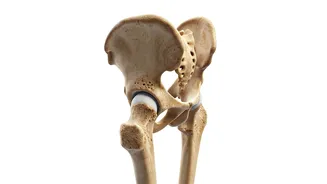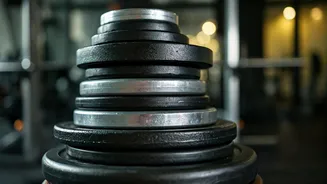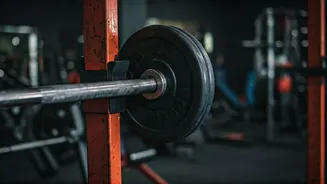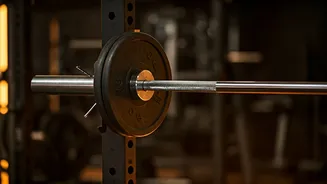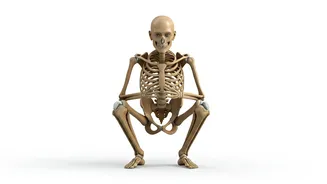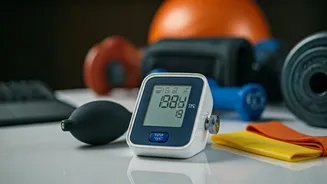Importance of Mobility
Maintaining mobility is of paramount importance as we surpass the age of 30, a period when our bodies begin to exhibit natural aging processes. Regular
physical activity, especially exercises designed to promote bone health, is critical in combating the decline in mobility that is often associated with aging. These exercises can help in maintaining muscle strength, flexibility, and overall physical functionality, enabling individuals to perform daily activities with greater ease and independence. Investing in mobility exercises not only assists in preserving physical capabilities but also reduces the risk of falls and injuries, enhancing one's quality of life substantially.
Exercise 1: Walking
Walking, a fundamental exercise, is often underestimated for its significant benefits to bone health and mobility. A daily walk of at least 30 minutes can significantly improve bone density and strengthen the muscles supporting the skeletal system. Walking is low-impact, making it suitable for people of various fitness levels, reducing the risk of injuries. By consistently engaging in walking, individuals can experience increased cardiovascular health, weight management, and enhanced overall mobility. To maximize the impact, try incorporating varied terrains, like hills or uneven surfaces, which adds to the workout intensity and challenges the body in new ways, further boosting bone strength.
Exercise 2: Squats
Squats are a highly effective exercise for strengthening lower body muscles and improving bone density. Performing squats regularly stimulates bone growth in the hips, thighs, and spine, areas that are often susceptible to bone density loss. Proper form is crucial; start with basic squats, ensuring your back remains straight, your knees don't extend past your toes, and your weight is centered. As strength increases, consider modifications such as adding weights or single-leg squats to enhance the challenge. Consistent squatting not only boosts bone health but also improves balance and flexibility, contributing to a more mobile and active lifestyle.
Exercise 3: Lunges
Lunges are an excellent exercise that targets multiple muscle groups, including the legs and glutes, which enhances stability and mobility. Lunges help stimulate bone growth and improve balance, making everyday movements easier. To perform lunges effectively, step forward with one leg, lowering your body until both knees are bent at a 90-degree angle, keeping your front knee above your ankle. The lunge strengthens the muscles around the knees and hips, which reduces the chance of injuries. Including lunges in a workout routine not only improves bone health but also enhances coordination and posture. This exercise promotes better balance, contributing to overall mobility.
Exercise 4: Weight Training
Incorporating weight training into your exercise regime is a powerful strategy for improving bone health and mobility after the age of 30. Strength training exercises, such as lifting weights, put stress on bones, stimulating bone tissue production and increasing bone density. The exercises can be tailored to various fitness levels, from using light dumbbells to resistance bands, gradually increasing the weight or resistance over time. Consistent weight training builds muscle mass, which further supports the skeletal system, improving balance and reducing the risk of falls. Begin with professional guidance to ensure correct form, protecting joints and optimizing the benefits for bone health.
Exercise 5: Yoga/Pilates
Yoga and Pilates are excellent choices for enhancing mobility and supporting bone health. These exercises blend strength, flexibility, and balance training, creating a comprehensive approach to improve physical well-being. Yoga poses put gentle stress on bones, aiding in bone density. Pilates concentrates on core strength, enhancing stability and posture, which are critical for mobility. Regularly practicing yoga or Pilates promotes overall flexibility and body awareness, reducing the risk of injuries and enhancing everyday movements. By practicing consistently, individuals can improve their balance, flexibility, and overall physical functionality, which will ultimately contribute to a better quality of life.
